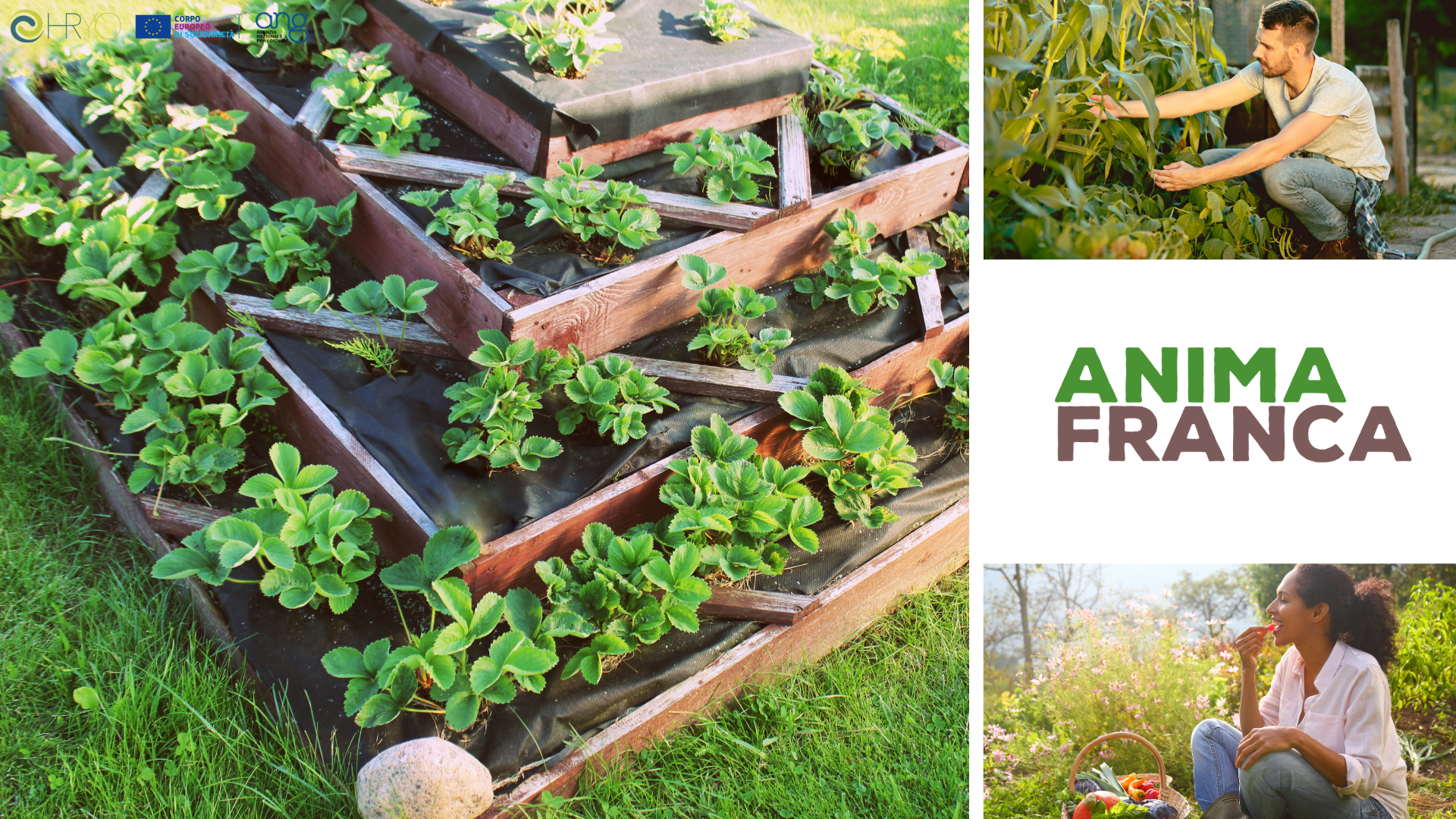What is permaculture?
It is not easy to describe in a few words the concept of permaculture as it involves a lot of activities and several processes. Permaculture is often related to eco agriculture, but it is definitely more than that, as it also involves aspects such as economy, bio construction and renewable energy, water treatment, social relationships and community development. For some people, permaculture is a way of living more than just an agriculture technique.
In fact, permaculture is an ensemble of knowledge, philosophy and techniques to create a permanent culture that sustains over time. The goal is to restore the damage caused by the use of nature, while, at the same time, managing the resources in a sustainable way for the common benefit of nature and human beings.
What does it consist of?
There are no standards in order to create a permaculture system, but there are some principles to follow and a simple ethic based on taking care of the land as well as the humans and resources available.
According to this ethic, permaculture takes into consideration not only human beings but also non-human beings, meaning the land, biodiversity, the atmosphere, water, etc. All the activities must guarantee that the ecosystems are able to run in a healthy way while they are shared with people.
The principles of the Permaculture can easily be explained with 12 basic rules:
- Observe and interact.
In order to achieve a more ethical and sustainable way of living. - Store and catch energy.
This is key in order to live a sustainable life. Use the resources nature is providing us. - Obtain a yield.
This can be either tangible or not, however it is necessary to be able to see results in the short term. - Feedback and self-regulation.
Understanding where we have gone wrong through analysis to change the process in order to achieve success. - Use and value the resources and renewable services.
Use solar, eolic, hydraulic energies, for example, in order to make your permaculture project work. - Produce no waste.
There are many ways to start reducing your waste: buy more wisely and always try to recycle or compost your food. - Design from patterns to details.
Before starting any kind of permaculture project, have a look at the big picture in order to start with your project. - Integrate don’t segregate.
Collaboration in nature and in social relationships is the key to success. Individual projects are often more likely to be frustrated. - Use small, slow solutions.
Big changes cannot be made from one day to the other. Focus on small things first in order to not be overwhelmed and achieve your bigger goals. - Use and value diversity.
The same way ecosystems can benefit from different species, society has also some similarities. Embrace diversity and different points of view. - Use edges and value the marginal.
Sustainability is also about taking anything that is at our disposal. - Creatively use and respond to change.
Have a plan a, b and c if necessary, and respond effectively to changes.
Terra Franca is looking forward to embracing these principles in order to create a Permaculture project in Cruillas, outside the city of Palermo, Sicily. The objective is to create a sustainable space to produce and share with the community.


Comments are closed